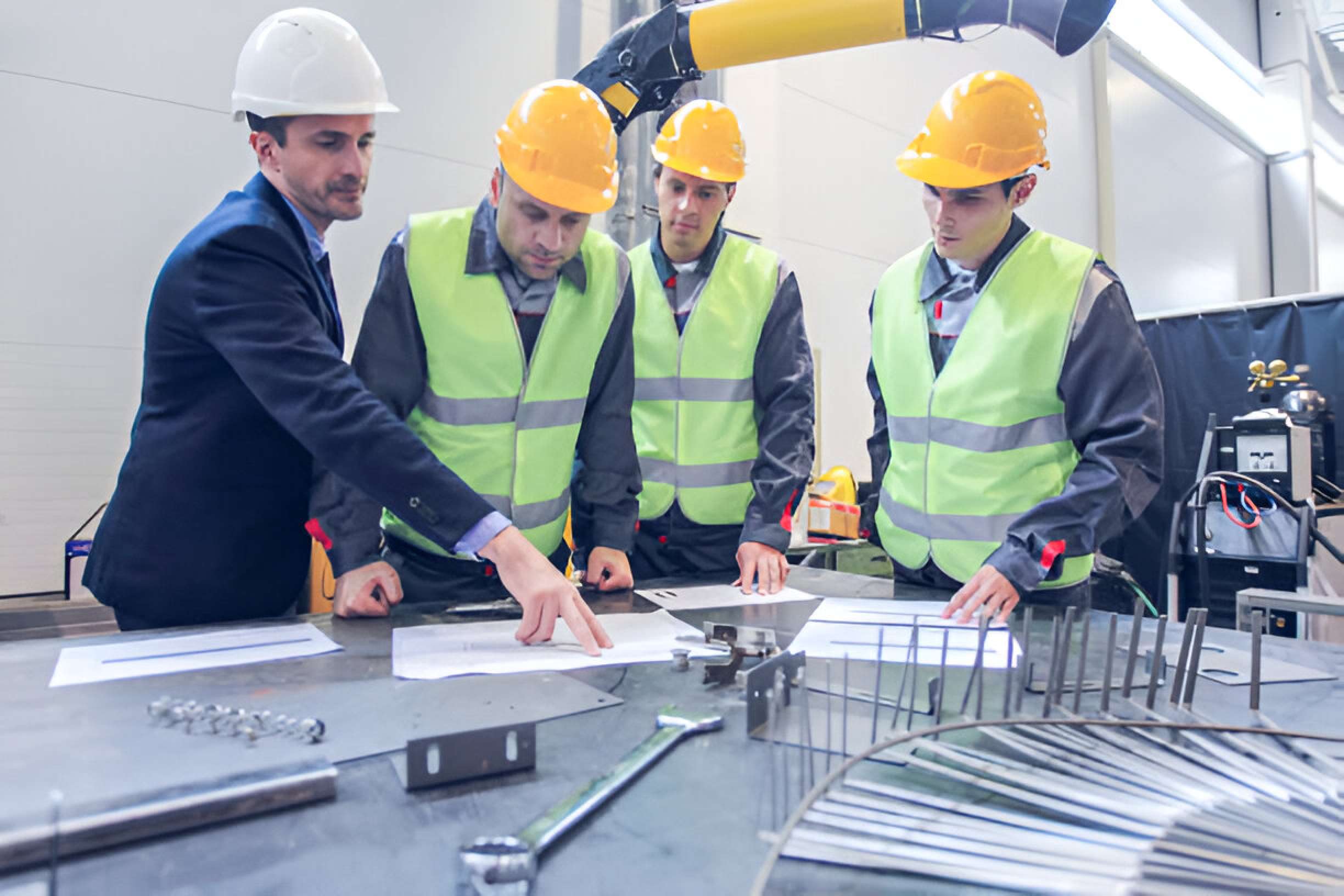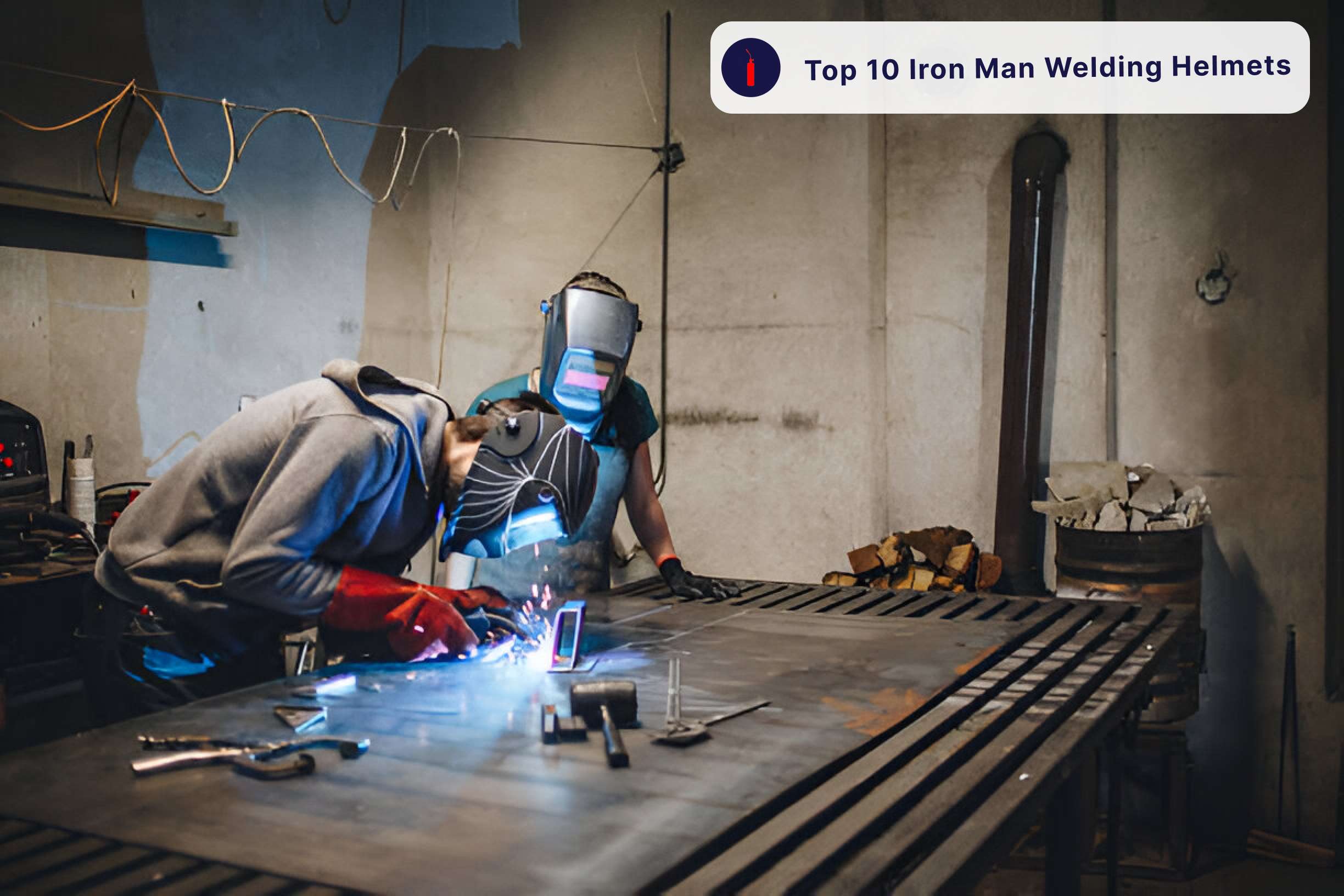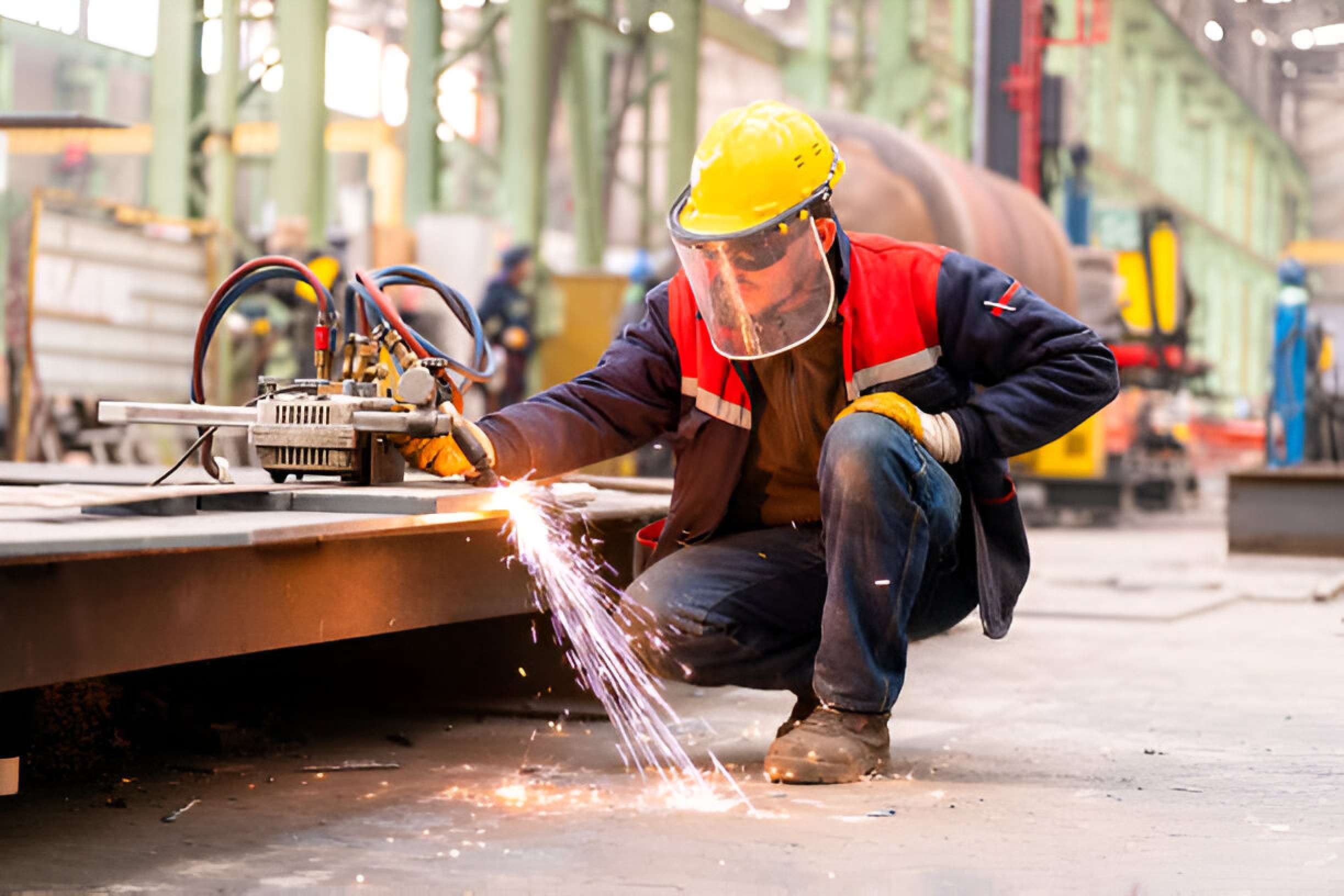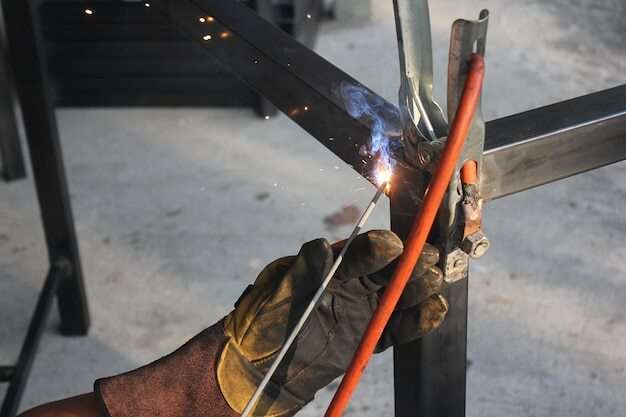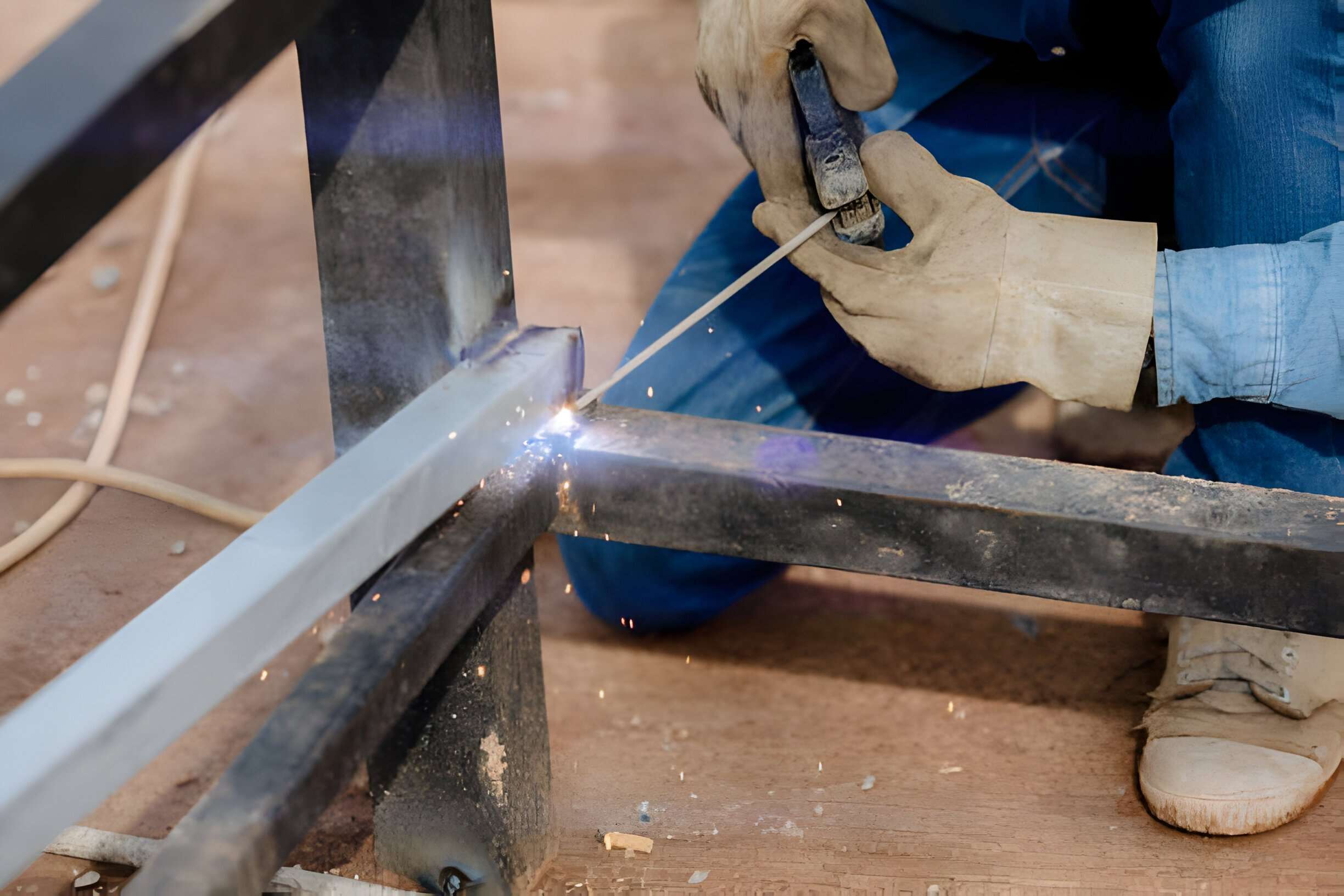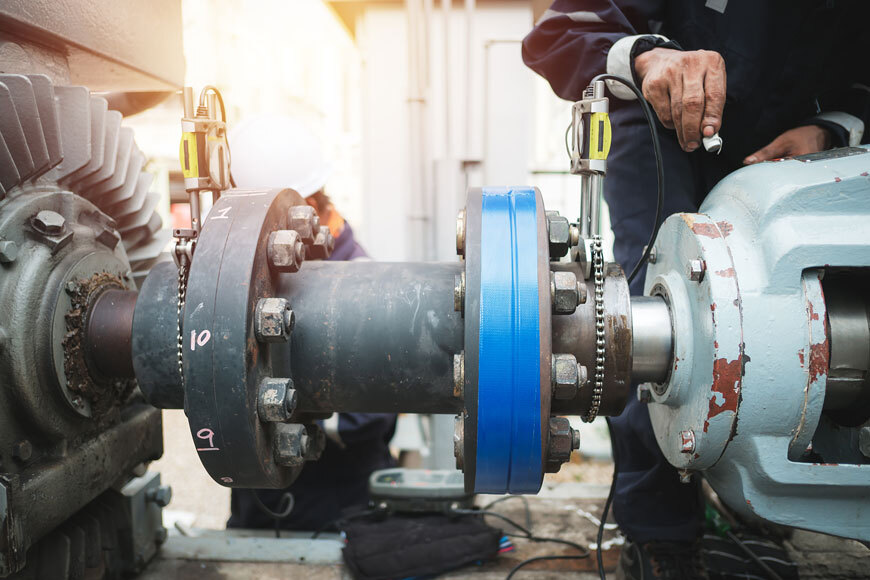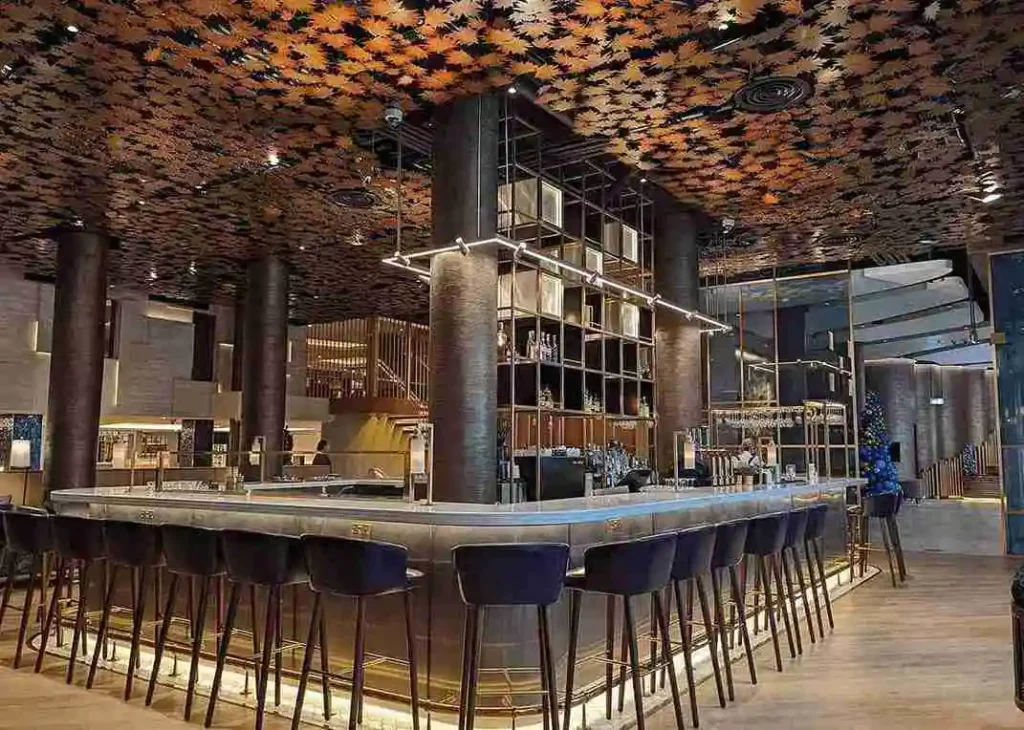
Elevate your Property value with our Architectural Metalwork
Architectural metalwork encompasses a wide range of design and fabrication techniques used to create functional and decorative elements for buildings and structures. This includes but is not limited to wrought iron, steel, aluminum, and copper components.
Benefits of Architectural Metalwork for Property Value
Durability and Longevity
Architectural metalwork is well known for its longevity and toughness, giving property owners a long-term investment with low maintenance needs.
Aesthetic Appeal and Curb Appeal
King Architectural metal works visual appeal elevates any property and draws in potential tenants or buyers by adding a touch of sophistication and elegance.
Customization and Design Flexibility
Architectural metalwork mesh provides property owners with countless design options to personalize their areas to suit their distinct tastes and aesthetic, increasing the property’s worth.
Examples of Architectural Metalwork Fabrication Applications
Architectural metalwork is used in a variety of settings, including residential, commercial, and industrial facilities. It can be seen in elaborate railings and balustrades, as well as elaborate gates and fences. External facades with metal embellishments further enhance the architectural distinctiveness and aesthetic appeal of buildings.
How to Find a Reputable Restoration Company
For your architectural metalwork panels, choosing a trustworthy restoration provider is essential to guaranteeing high-quality service and safeguarding your investment. The following crucial measures will help you along the way:
1. Research and gather recommendations:
- Ask for referrals: Talk to friends, neighbors, or contractors for recommendations of qualified restoration companies in your area.
- Look online: Search for companies specializing in architectural metalwork restoration in your area. Read online reviews and check their websites for information on experience, services offered, and certifications.
2. Verify credentials and experience:
- Check for licensing and insurance: Ensure the company holds the necessary licenses and insurance to operate legally and protect you from any liability during the restoration process.
- Experience with similar projects: Look for companies with experience in restoring specific types of metalwork similar to yours. This demonstrates their expertise and understanding of the unique challenges associated with different materials and styles.
3. Get quotes and compare services:
- Contact multiple companies: Obtain quotes from several reputable restoration companies to compare pricing and services offered.
- Ask detailed questions: During the consultation, ask detailed questions about their proposed restoration process, materials to be used, timeframe for completion, and warranty offered.
4. Check references and online reviews:
- Contact references: Follow up with the references provided by the companies to understand their experience and satisfaction with the restoration work.
- Read online reviews: While online reviews can be subjective, reading them can provide valuable insights into the company’s customer service, communication style, and overall quality of work.
5. Choose the company that best suits your needs:
- Consider all factors: Don’t solely base your decision on price. Evaluate the company’s experience, qualifications, communication style, and overall professionalism when making your final choice.
When selecting architectural metalwork for your property, it’s essential to consider factors such as style, material durability, and budget constraints. Collaborating with experienced designers and fabricators ensures that the final product aligns with your vision and meets your expectations.
How does Architectural Metal Work bring a transformation?
Architectural metalwork transforms your property in a number of ways that have an impact on both functionality and appearance:
Visual Appeal:
- Dramatic Impact: Metalwork can drastically alter your home’s appearance and atmosphere. A unique doorway or ornamental elements like trellises and railings provide refinement and elegance, creating a memorable first impression. Sleek metal cladding or panels can radically redesign the façade for a new look.
- Versatility for any Style: The versatility of metals is its beauty. It may be made to fit any architectural style, whether a historic home would benefit from the traditional wrought iron flourishes or a modern one with geometric shapes and clean lines.
Functional Enhancements:
- Usable Space Expansion: Metalwork allows you to create functional outdoor living areas. Pergolas, patios, and decks made with metal provide beautiful and durable spaces for entertaining, relaxing, or simply enjoying the outdoors.
- Security and Privacy: Metal fences, railings, and gates not only enhance the aesthetics but also provide a strong barrier for security and privacy. The design can be customized to create a feeling of openness while still offering a sense of enclosure.
- Durability and Sustainability: Metal is a very strong material that is resistant to bad weather. This means that your investment will last longer and require less maintenance. For homeowners who care about the environment, metals are an eco-friendly option because many of them are recyclable.
Are There Signs That Your Architectural Metalwork Needs Restoration?
When properly cared for, architectural metalwork can endure for many years. It can, however, deteriorate with time due to exposure to the weather, like any other building component. It’s critical to recognize the telltale signs of wear and tear on your metalwork in order to prevent additional damage and guarantee its longevity and safety.
The following are some clear signs that your architectural metalwork may require restoration: Damage that is visible:
- Rust and Corrosion: This is the most common sign of deterioration, appearing as reddish-brown patches or flakes on the metal surface.
- Cracks and Holes: These can develop due to age, stress, or exposure to harsh weather conditions.
- Bending or Warping: This can occur due to physical impact, improper installation, or rust-induced weakening.
- Loose or Missing Components: Screws, rivets, or other fasteners can loosen or detach over time, compromising the structural integrity and aesthetics of the metalwork.
Functional Issues:
- Difficulty Opening/Closing Doors or Gates: This could indicate misalignment, hinge problems, or rust buildup, hindering smooth operation.
- Leaks: Damaged flashing around rooflines or improperly sealed joints can lead to water infiltration.
- Rattling or Noises: Loose components or wind movement can cause the metalwork to rattle or make unwanted noises.
Aesthetic Concerns:
- Fading or Peeling Paint: This indicates a need for repainting to protect the metal from further corrosion and enhance its visual appeal.
- Loss of Luster: Over time, metal can lose its shine and develop a dull appearance.
Maintenance Tips for Architectural Metalwork
Regular care is necessary to maintain architectural metalwork’s integrity and beauty. Easy maintenance procedures like wiping down with mild soap and water, adding coatings for protection, and looking for corrosion can extend the life of metal components and save on expensive repairs.

